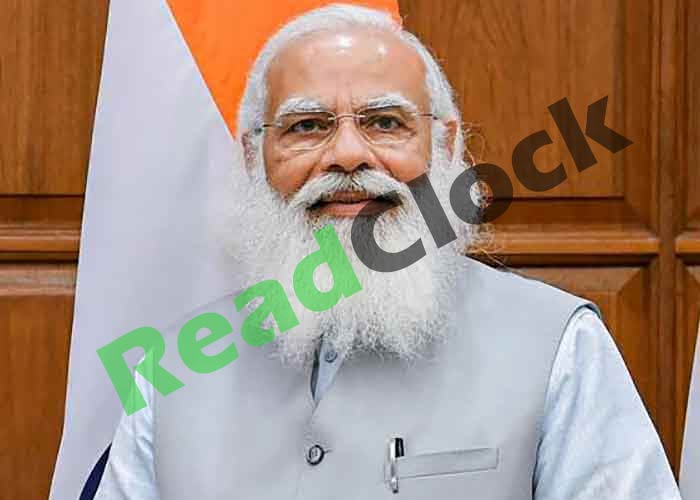THE impressive logistics of India’s national elections inspire considerable international coverage. This year, the process initiated last Friday will culminate at the start of June, and the potential electorate includes around a tenth of humanity. In a few cases, election officials trudge for miles through hostile terrain to gather a handful of votes, sometimes just one or two.
Such demonstrations of devotion to democracy are indeed exceptional, even though their contribution to what ultimately counts — the result — may well be negligible. What is arguably even more remarkable is the extent to which the ruling BJP has gone to trample down on challengers ranging from the Congress to the currently imprisoned Arvind Kejrival’s Aam Aadmi Party.
Such actions betray a lack of confidence in achieving the declared goal of ‘ab ki baar char sau paar’ — the aim of winning more than 400 seats in the 543-strong Lok Sabha this time, a super-majority that could allow the Sangh Parivar to formally replace the liberal/ secular/ socialist elements of the Ambedkar-drafted constitution with the ideas of Savarkar, Hedgewar and Golwalkar.
The Hindu Mahasabha and the RSS bear testimony to the fact that the concept of Hindutva is hardly a novelty. It might be an exaggeration to claim that it lay dormant during the initial decades of independence, but it went mainstream only in the past three decades or so. Key signposts range from the Rath Yatra led by Lal Krishna Advani and the consequent demolition of the Babri mosque in Ayodhya to the Godhra incident and the anti-Muslim pogroms in Gujarat in 2002. The state’s chief minister was considered to be complicit in the horrendous bloodletting and was subsequently barred from traveling to several countries, including the US.
India’s new tryst with destiny is deeply problematic.
The barriers fell away when he (Narendra Modi) became prime minister a dozen years later. Today, he is valued by the West as the leader of a nation that is construed as a bulwark against China. His government can get away with pursuing pointless vendettas against Sikh proponents of Khalistan in Canada, the US, Britain and Australia, once the initial hoo-ha recedes. And there is precious little Pakistan can do about assassinations on its territory, which the Indian leadership was happy to boast about once the allegations had been publicised. It hardly comes as a surprise that the personnel involved with such operations were impressed by Mossad’s activities and the Saudi evisceration of Jamal Khashoggi.
It’s the domestic sphere, though, that is more worrying. The days when India could be perceived as an exemplar of democracy in the Global South are long gone. It is not just the BJP and the various longer-standing purveyors of Hindutva that have irrigated its bloodstreams that are to blame. The Congress lately reduced to a rump, and many of its current allies in the INDIA coalition — the clumsily named Indian National Development Inclusive Alliance — are equally responsible for their failure to guide the nation towards its tryst with a less alarming destiny.
Indira Gandhi’s Emergency nearly 50 years ago justifiably inspired a great deal of opposition. She suffered the consequences and returned to power by democratic means. She was assassinated by Sikh bodyguards whom she had refused to sack after the misguided military assault on the Golden Temple. The remaining son who succeeded her was assassinated by a Tamil suicide bomber following India’s military intervention in Sri Lanka. The path to globalisation opened up under Manmohan Singh, and its consequences played into the opposition’s hands.
Modi had no intention, though, of undermining neoliberalism under his watch. According to the World Inequality Database, inequality “began rising” after the early 1980s, “and has skyrocketed since the early 2000s”. Wealth concentration, it says, has been “particularly pronounced” since 2014. By 2022-23, the income share of the top 1pc was “among the highest in the world”. As long as the Adanis and Ambanis are happy to fund the BJP, the disparities in wealth will only grow. That helps to explain why young middle-class Indians aspire to the ‘donkey route’ to the US, and less well-endowed workers seek dangerous jobs in Russia, Ukraine, or Israel.
An economic success story would not be exporting so much labor. The impressive growth figures, however, largely rely on what does not trickle down. Far more alarming, mind you, are fascistic tendencies that place India in similar categories as Hungary, Italy, and arguably Israel. Sure, it could emerge from the hole into which it has fallen — the south in general, and Kerala in particular, has thus far resisted Modi’s purported charms. It may do so again, but it won’t be enough to dislodge the PM, and five more years of Modi could destroy the dreams to which India’s best minds once aspired.

